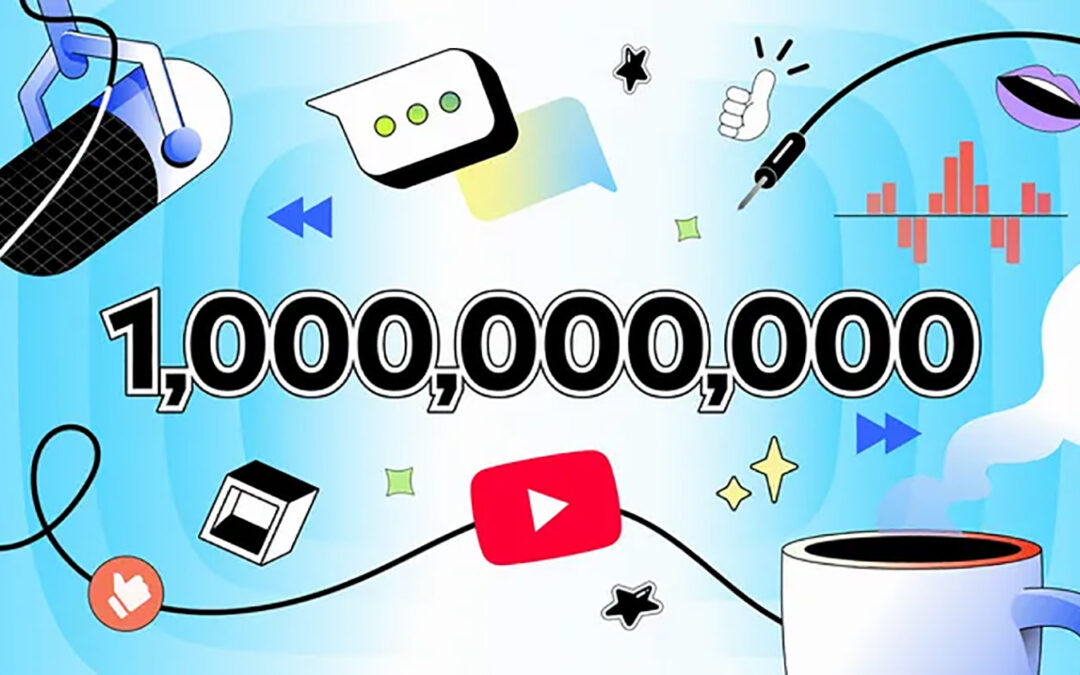YouTube has officially become a powerhouse in the podcasting industry, surpassing 1 billion monthly podcast users. This milestone reinforces YouTube’s dominance as a platform for both audio and video content, making it an essential space for podcasters looking to grow their audiences and monetize their work.
The Rise of Podcasting on YouTube
While traditional podcasting platforms like Apple Podcasts and Spotify have long been the go-to for audio-first experiences, YouTube has been quietly taking over the space. Thanks to its SEO-friendly discovery model, integrated advertising system, and hybrid video-audio format, YouTube has transformed into a major destination for podcast consumption.
Some key reasons for YouTube’s podcasting growth include:
- Video Podcasts Are Booming – More creators are uploading video versions of their podcasts to YouTube, boosting engagement and visibility.
- Easier Discovery – YouTube’s algorithm promotes content through search and recommendations, making it easier for new audiences to find podcasts.
- Ad Revenue & Monetization – YouTube offers multiple monetization options, including YouTube Partner Program ads, memberships, and Super Chats for live recordings.
- Background Play for Premium Users – YouTube Premium users can listen to podcasts in the background, competing directly with traditional audio platforms.
What This Means for Podcast Creators
For podcasters, this milestone signals an opportunity to double down on YouTube as a key platform. Here’s how creators can leverage this shift:
1. Start Uploading Your Podcast to YouTube
Even if your show is audio-only, you can upload episodes with simple visuals or audiograms to tap into YouTube’s massive audience. However, video podcasts tend to perform better due to higher engagement.
2. Optimize for SEO
Since YouTube functions as a search engine, optimize your podcast titles, descriptions, and tags with relevant keywords to increase discoverability.
3. Leverage Shorts & Clips
YouTube Shorts (under 60 seconds) and podcast clips can drive engagement and direct traffic to full episodes. Consider breaking longer episodes into digestible, shareable segments.
4. Monetize Through Ads & Memberships
If your channel meets the requirements, you can enable monetization features such as ads, memberships, and Super Chats to generate revenue directly from your audience.
5. Engage with Your Community
Unlike traditional podcast platforms, YouTube enables direct interaction through comments, live chats, and community posts. Engaging with viewers can build a more loyal fanbase.
The Future of Podcasting on YouTube
With YouTube investing more in podcasting infrastructure, including RSS feed support and dedicated podcast pages, the platform is becoming a serious competitor to Spotify and Apple Podcasts. This means that YouTube could soon become the primary place where audiences consume podcasts.
For creators, this presents an exciting opportunity. Those who embrace YouTube’s ecosystem early—leveraging video, discoverability, and monetization—stand to benefit the most.
Are you publishing your podcast on YouTube yet? If not, now is the time to start.

